

This interview of Ashley Smith was conducted by Joseph Daher for the newspaper of the Swiss socialist party Solidarités, and the French leftwing website, Contretemps.
Joseph Daher: Can you tell us about the current situation in the US regarding the COVID-19 Pandemic?
Ashley Smith: We are in the midst of a humanitarian catastrophe with distinctly US characteristics. Over 7 million people have been infected with the virus, more than 200,000 people have died, and experts predict that as many as 400,000 could lose their lives by the end of the year. The vast majority of those that have died are the elderly in nursing homes, people of color, and essential workers required to work through the outbreak of the pandemic.
Of course, no capitalist nation state has been spared from the ravages of the pandemic. All of them have been compelled by the logic of capitalism to reopen their economies from lockdowns to get profits flowing again. But the US, along with other states also led by right wing governments like the ones in Britain, India, and Brazil, have been particularly callous in putting corporate interests before life.
In the US, as the revelations in Bob Woodward’s new book Rage document, President Donald Trump deliberately disguised the severity of the crisis and even went so far as to block a plan developed by the Post Office to distribute masks free of charge through the mail.
Trump put profits, his re-election campaign, and frankly his ego first, and the lives of workers and oppressed people last.
From the beginning he was reluctant to support any lockdown and quickly pressured states across the country to reopen as quickly as possible. Why? Because the economic expansion under his watch was the only chance to secure his reelection to the presidency.
Those crass economic and personal political interests drove him to deny then mismanage the crisis, and deflect blame for the catastrophe onto everyone else from China to the Democratic Party. He has stooped to science denial, toxic macho posturing against the wearing of masks as a sign of weakness, and plain old misanthropic contempt for working class people and especially people of color to justify his criminal misbehavior.
Meanwhile, the bodies pile up in the morgues across the country.
Joseph Daher: What about the socio-economic situation of the US economy? What have been the effects of COVID-19?
Ashley Smith: It’s important to understand that the world economy was headed for a recession even before the pandemic struck. Its three powerhouses—China, the US, and the European Union (EU)—were already showing all the signs of an onrushing crisis.
COVID-19 was thus the trigger, not the cause, of the global recession. The pandemic then exacerbated the depth of the recession in countries throughout the world. In the US, it forced states and cities to impose lockdowns on all but essential economic activity.
The scale of the economic crisis is staggering. Real GDP in the US contracted by 31.7 percent in the second quarter and by 5 percent for the year. The collapse in the economy threw 20 million people out of work, raising unemployment to close to 15 percent.
While the economy has started to recover and unemployment has dropped to around 8 percent, millions of workers remain unemployed, survive on reduced income, and face mass eviction for failing to pay their mortgages on their homes and rents for their apartments.
The US government rushed to stop the economic freefall just like did they during the Great Recession in 2007. The Federal Reserve poured over $2.3 trillion into the economy—slashing interest rates, printing money, buying securities, and extending loans to banks, corporations, and state and municipal governments.
The Federal Government poured another $2 trillion into the economy to keep it alive. While the Democrats got some important benefits for workers like increased unemployment and one time individual payments of $1,200 per person, Trump and the GOP ensured that the bulk of the bailout went to corporations, keeping alive all sorts of zombie firms that otherwise would have gone belly up.
But, contrary to bourgeois hopes and predictions, this bailout has not produced a sharp recovery. The ongoing pandemic has forced states and cities into periodic lockdowns, preventing normal economic functioning.
But Trump and the Republicans have refused to pass another stimulus package. They are reluctant to drive up the government debt and deficit and oppose increased unemployment benefits and individual cash payments based on the myth that they will stop workers from looking for jobs.
Nevertheless, the US state has yet again saved capitalism. But in doing so, it has prevented the cleansing of the system’s unprofitable corporations, ensuring that we will not see a deep recession followed by a sharp rebound in growth, but a protracted slump, plagued by too many corporations producing too much stuff that they cannot sell at high enough profit rates.
These conditions have intensified the deep political polarization in the country. On the right, Trump, while not a fascist, has lurched further to right with his law and order racism against the Black Lives Matter movement. He has also greenlighted the far right and fascist formations, which are developing rapidly in the petty bourgeoisie, a section of the working class, and the lumpen-proletariat.
Despite Trump’s disastrous mismanagement of the pandemic and economy, he retains support of about 40 percent of the country. This new right is here to stay, no matter what the outcome of the fall elections.
On the left, pandemic and recession has powered the surge in membership of the Democratic Socialists of America (DSA) as well as all sorts of emerging formations on the left. Those form the core of a new socialist movement amidst sections of students, the working class, and oppressed groups.
Joseph Daher: What is the status of the Black Lives Matter’ movement? Is it still dynamic? Is it structured as a movement? What are its main demands?
Ashley Smith: This summer’s Black Lives Matter movement is the single largest wave of protests in US history. As many as 26 million people have participated in the demonstrations that swept the country since the racist police murder of George Floyd in Minneapolis. The video of his killing rocked the consciousness and conscience of the entire country driving people into a mass rebellion.
This is the second major wave of the movement. The first erupted in 2014 in the wake of the racist cops killing Michael Brown in Ferguson, Missouri and Eric Garner in New York City, and then exploded after the police killing of Freddie Gray into a full scale rebellion in Baltimore, Maryland that forced the city and state to call in the National Guard to impose order.
This second wave is far larger and, in some ways, more radical than the first. This time Black activists have galvanized far more support from white people than the last time. Demonstrations against police racism have occurred not only in Black and brown urban areas, but in majority white suburbs and small towns all across the nation.
This Black-led multiracial rebellion appears largely spontaneous, but at its core are activists networked in national and local formations. Black militants are organized in formations like the Movement for Black Lives, Critical Resistance, and many other national and local groups.
Beyond this core, there is an informally organized mass layer of young students and workers who have read and discussed anti-racist books and staged various actions in their schools and communities since the first wave of protests. As a result, there were pre-existing activists-in-waiting armed with ideas and also Black Lives Matter posters, banners, and t-shirts.
The movement’s central and radical demand is to defund the police. The left wing of the movement is very clear that the goal is police abolition as part of a fight for system change through mass collective struggle in the streets, communities and workplaces.
By contrast, liberal currents and the Democratic Party aim to contain this radicalism, redefine defunding as merely budget cuts to police departments, and redirect it into the dead-end of police reform and increased investment in police training. The Democrats hope to get the movement off the streets and into campaigning for Biden in the presidential election. Thus, there is a struggle at the core of the movement over its politics, strategies, and tactics.
The movement has proved yet again that mass social and class struggle is far more effective than electoral politics in winning reforms. It has scored more victories in a few short months than decades of voting for and lobbying Democrats. It has forced cities to cut police budgets, expel police from schools in various cities, and redirect money into social services and education.
Despite these advances, we are still far from winning the defunding of the police let alone their abolition. They continue to brutalize and kill Black people with impunity. Frustration with this situation compelled perhaps the most radical action yet—the strike led by Black professional basketball players in the NBA.
They shut down the NBA playoffs and triggered a wave of job actions by women players in the WNBA as well as by athletes in sports with few Black players like baseball and even hockey. This multiracial strike by worker-athletes electrified the nation.
With the sports industry facing spreading work stoppages, former president Barack Obama intervened to help broker a deal to get the NBA players to go back to work. The sports bosses promised to support the movement for Black lives and Obama encouraged the players to help turn out voters for Biden.
At this point, the movement is in an ebb, but the constant killing of Black and brown people by the police continues to provoke explosions of protest in various localities. The cops’ endless murder spree guarantees that the movement will explode again and again over the coming months and years until systemic change is won.
For now, though, most organized forces are being pulled into the fall elections to campaign for Biden. But, far from being an advocate for the movement, Biden opposes its main demand of defunding the police. Nevertheless, most see no alternative but to support him in order to defeat Trump.
Meanwhile Trump has demonized the movement and rallied his base to support the police. He placed law and order racism at the center of his reelection campaign and stooped to some of the worst white supremacist demagogy in the history of modern bourgeois politics.
Joseph Daher: Any other major movements you want to mention having any influence? Labor Movement? Women’s Movement? Migrants’ Movements?
Ashley Smith: Since the Great Recession, we’ve seen episodic explosions of struggles. These began with Occupy, the Black Lives Matter movement, and a handful of strikes most importantly the Chicago Teachers Union strike in 2012, which set the model of teachers strikes in the following years.
Since his election, Trump has provoked a new round of protest beginning with the Women’s March right at the start of his rule. Since then, we have seen protests against his attacks on immigrant rights and Muslims and a strike wave among teachers, beginning with the Red State Teachers Revolt in 2018 when teachers illegally struck in several Republican controlled states. That revolt inspired teachers to stage strikes in Democratic Party controlled cities like LA, Chicago, and Denver.
The pandemic and recession have compelled workers, especially Black and brown workers, in essential industries to take job action to protect their health. Workers at hospitals, schools, Amazon, and meat processing plants to name a few have staged protests and, in some cases, strikes to secure personal protective equipment and hazard pay.
We are clearly in the early stages of increasing militancy after decades of retreat, defeat and disorganization. But the major institutions of our side—social movement organizations, NGOs, and the unions—are transfixed by the election. They are subordinating the building of struggle to electoral politics in the vain hope that the election of Joe Biden and the Democrats will provide a solution to the catastrophes of US capitalism.
Nevertheless, the growing and deepening class and social inequalities of US capitalism will compel the rank and file of the unions and movements to build organizations willing to push for higher levels of militancy to take on the bosses and the growing far right. We are in the early stages of a whole epoch of crisis, political polarization, and struggle.
Joseph Daher: Is there anything left of the Sanders’ movement? Was the Left able to build on the dynamics of Sander’s candidacy? DSA?
Ashley Smith: Bernie Sanders’ dramatic runs for the Democratic Party presidential nomination were contradictory expressions of this episodic explosion of social and class struggle. On the one hand, Sanders cohered students and young multiracial workers radicalizing through activism behind the idea of socialism as an alternative to capitalism. He helped make socialism common sense for a whole generation.
On the other hand, Sanders trapped the project of fighting for socialism inside the Democratic Party. But that party is a capitalist one, not a social democratic party or labor party. It is tightly controlled by its wealthy funders, party bureaucrats, and bourgeois politicians.
Sanders running in that party had two negative impacts. First, Sanders diverted energy from building a new party of our own into the dead end of trying to take over the Democrats. Second, in the process of trying to get votes in that party, Sanders redefined socialism as Franklin Delano Roosevelt’s New Deal liberalism.
The DSA positioned itself as the prime beneficiary on the left of Sanders’ campaigns. They grew from a moribund organization of aging reformists committed to the Democratic Party into a new, young organization of 70,000 socialists, inspired by the struggles from below and attracted to Sanders’ version of socialism and his proposal for social reform like Medicare for All.
Tragically and predictably, however, the Democratic Party blocked both Sanders’ attempts to win their presidential nomination. In 2016, the establishment rallied to Clinton and then did the same behind Biden. In fact, Sanders did considerably worse in 2020 than he did in 2016, proving that while the Democrats are happy to tolerate leftists in their midst to keep them from building a new socialist party, they block every attempt by them to take over the party.
After his defeat, Sanders fulfilled his promise to support the Democrat’s nominee, and rallied his supporters behind Biden. Even worse, he’s giving Biden a facelift, predicting that he has the potential to become the most progressive president since FDR. Any even cursory reading of what Biden and his handlers say to his Wall Street backers makes a mockery of this claim.
As a result, Sanders has largely disorganized his movement and attempted to reorient it and its organizations into supporting Biden at best as a progressive and at worst as a lesser evil to dethrone Trump. DSA has been challenged in this changed situation to reorient the organization.
While DSA chapters and members have been active in the waves of struggle, the Sanders campaign and similar down-ballot electoral runs inside the Democratic Party came to occupy a central focus for the organization. While DSA has continued to score some electoral victories especially in New York City, it has lost its orienting focus with Sanders’ defeat.
And the organization’s overwhelming electoral focus has led it to take its eye off the ball when it comes to the new waves of struggle. For example, while its members have joined the Black Lives Matter protests, DSA as a national organization and most of its chapters have not played a prominent role in the movement.
Joseph Daher: How is the Left in the USA positioning itself for the presidential elections?
Ashley Smith: The November presidential election is not what the Left and DSA expected. Many if not most wrongly expected Sanders to win the Democrat’s nomination. Now, DSA and the Left face the unappealing and classic trap of an election between a right wing Republican, Trump, and an establishment Democrat, Biden, who’s committed to restoring bourgeois norms through a government of national unity.
Faced with this “choice,” the Left breaks down into three predominant currents. First, the liberal left is all in for Biden with varying degrees of illusions in his program. Some are fooling themselves into thinking he will be as progressive as Sanders claims while others more soberly are voting for him in full recognition that he is a neoliberal capitalist but the only way to get Trump out of office.
On the socialist left, the main current is one that accepts the traditional position of lesser evilism—of voting for the lesser evil to stop the greater one. The best of this current is promising to campaign and vote for Biden and then fight him on day one, while others are sowing illusions that having Biden in the White House will make it easier to win progressive reforms.
A small current of revolutionary socialists, which I’m part of, argues against both these positions. We contend that you cannot fight the greater evil by voting for the lesser one for three reasons. First, once the Left accepts the choice and lines up behind the lesser evil, we get taken for granted and our demands ignored.
Second, if and when the lesser evil wins, the Left that has supported that evil will be tempted to cooperate with it in office, some even going so far as to join the administration, and others that remain outside giving it a honeymoon hoping it will deliver reforms. That leaves the far right as the only opposition.
In that case, the Left will be tempted to defend the administration, completing the Left’s cooptation and neutralization. Meanwhile the lesser evil in power will cut deals with the greater evil. Biden has made a career of making just such rotten deals.
Third, campaigning for the lesser evil is not an individual decision but a collective one with enormous consequences. If the Left backs Biden it will aid and abet the bureaucracies that control the unions, social movement organizations, and NGOs in redirecting activist’s time, money and energy from building struggle to fight for what we want into campaigning and voting for what we don’t want—a neoliberal lesser evil.
DSA as the main organization of the Left has all these currents inside it. It is barred as an organization from endorsing Biden by the “Bernie or Bust” resolution it passed at its last convention. But members of some of its caucuses are actively campaigning for Biden and many if not most of its leaders and members will individually vote for Biden however much they distrust or despise him.
Joseph Daher: What future for the DSA and more generally the Left in the USA?
Ashley Smith: We are in the midst of a profound crisis of the capitalist system, one with multiple interconnected features—a protracted global slump, an ongoing pandemic, climate change, and intensifying inter-imperial rivalry between the US and China. It is the gravest systemic crisis since the 1930s.
In the US, it is producing profound political polarization to the left in the form of DSA and the new socialist movement and to the right in form of Trump at the top of the GOP and the growing ranks of organized far right and fascist militias. The capitalist establishment is increasingly oriented to the Democratic Party in the desperate hope to stabilize what appears to be a failing state and economy.
In conditions of a deep recession and pandemic, workers and oppressed people are being driven to fight for their very lives from the Black-led multiracial uprising against police brutality to strikes. The emerging left will have to cohere itself into a force, eventually a new socialist party, that can help lead these struggles from below and provide an alternative to challenge both the capitalist establishment in the Democratic Party as well the Trumpite GOP and far right.
DSA is best positioned to launch the effort to build a new party. But its many currents are not united behind that project: some remain committed to Sanders’ project of taking over the Democratic Party; many hope to use the Democratic Party ballot line to build a force of elected politicians to eventually launch a new party in the future; and most are oriented on an electoral road to the formation of that new party.
The question will be whether the revolutionary left inside and alongside DSA can argue for a different strategy, one focused on class and social struggle and local electoral work independent of the two capitalist parties, with the goal of launching a new socialist party as soon as we possibly can. Everyone inside the Left and in DSA are debating these ideas now in the run up to the election.
In the unlikely though possible event of a Trump victory, we are in for the fight of our lives against an emboldened right. In the more likely event of a Biden victory, we will have to agitate for DSA to engage in a two-front struggle—one focused on forcing the Biden administration to deliver what we want and another against a right far more radical, militarized, and dangerous than the Tea Party was under Obama.
If Biden wins, the biggest danger is that Biden is given a honeymoon by the Left, opening the door for the right to go on the offensive and set the terms of struggle in politics, on the streets, and in the workplaces. We are midst of a deep crisis of historic proportions, one fraught with great dangers on the right and pregnant with enormous opportunities for the Left. Our future hangs in the balance.
Joseph Daher is a Syrian-Swiss anti-capitalist academic and activist. He currently teaches at Lausanne University and is a part time affiliate professor at the European University Institute, Florence (Italy). He is the author of Hezbollah: Political Economy of the Party of God (Pluto Press, 2016) and Syria After the Uprisings: The Political Economy of State Resilience (Pluto Press 2019). He created the blog Syria Freedom Forever.
Ashley Smith is a member of the Democratic Socialists of America in Burlington, Vermont. He has written in numerous publications including Truthout, Jacobin, New Politics, Harpers, Spectre, Tempest and many other online and print publications.
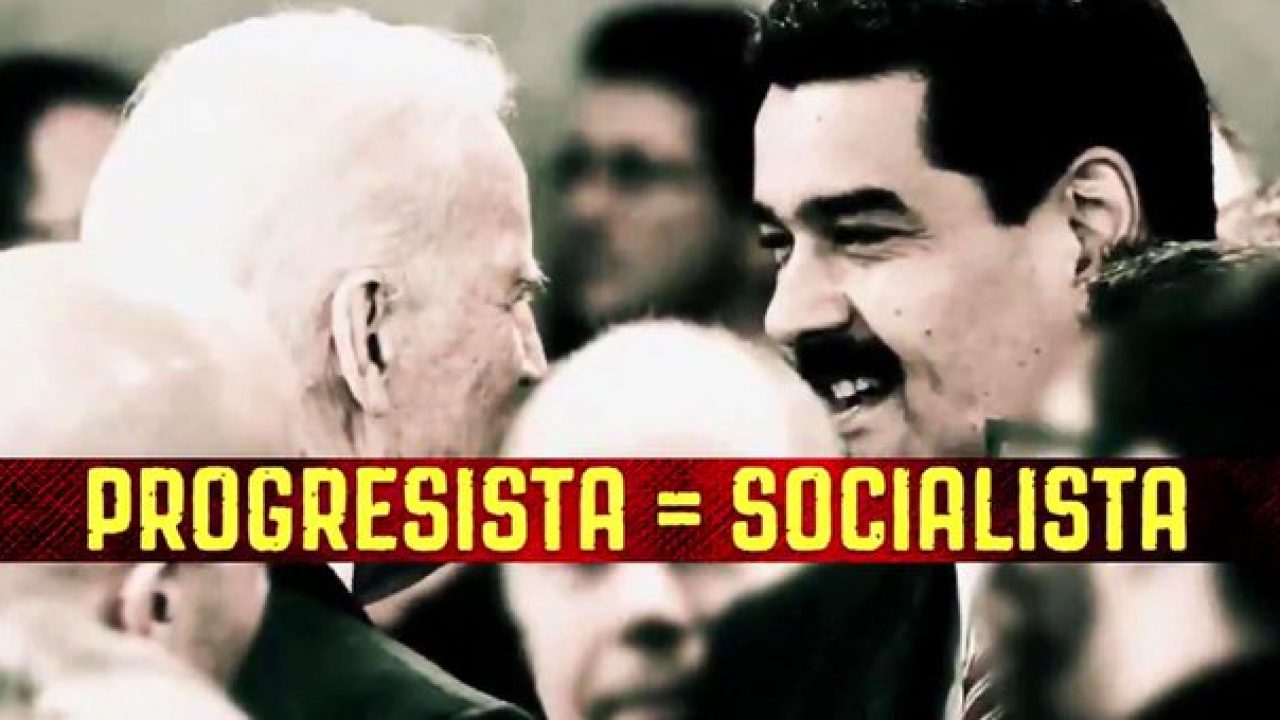
 This article was written for L’Anticapitaliste, the weekly newspaper of the New Anticapitalist Party (NPA) of France.
This article was written for L’Anticapitaliste, the weekly newspaper of the New Anticapitalist Party (NPA) of France. 

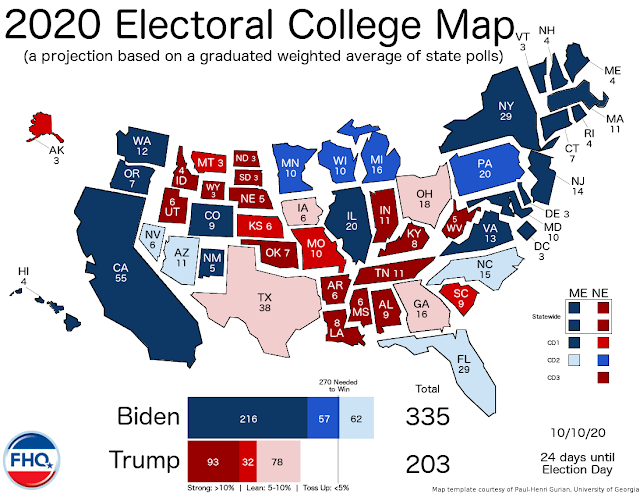
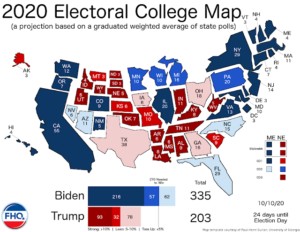 This article was written for L’Anticapitaliste Revue, the monthly journal of the New Anticapitalist Party (NPA) of France.
This article was written for L’Anticapitaliste Revue, the monthly journal of the New Anticapitalist Party (NPA) of France.


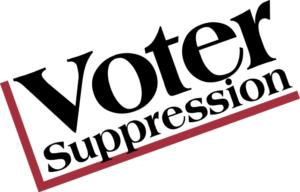 Voter suppression has become a real issue in recent years. Mostly, what we hear on voter suppression are Democrats correctly accusing Republicans of disenfranchising people of color and poor and working-class people. I want to call your attention to the voter suppression activity by the Democratic Party in the 2020 election. In a number of states, Democrats are actively trying to keep the Green Party off the ballot.
Voter suppression has become a real issue in recent years. Mostly, what we hear on voter suppression are Democrats correctly accusing Republicans of disenfranchising people of color and poor and working-class people. I want to call your attention to the voter suppression activity by the Democratic Party in the 2020 election. In a number of states, Democrats are actively trying to keep the Green Party off the ballot.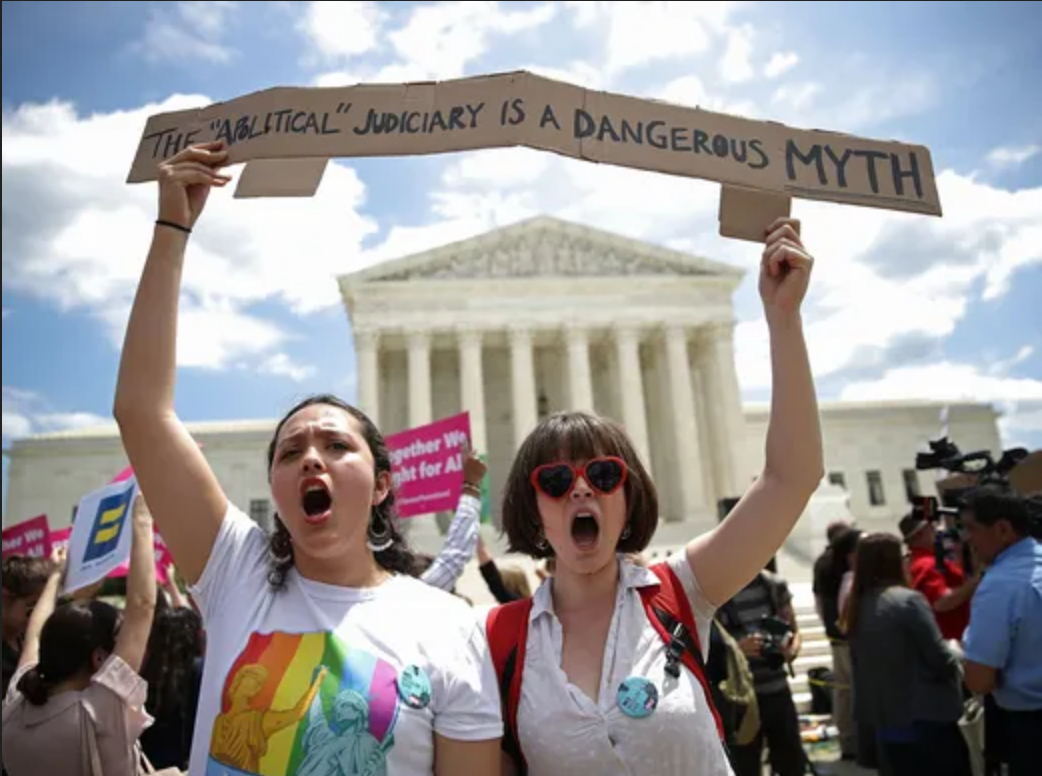
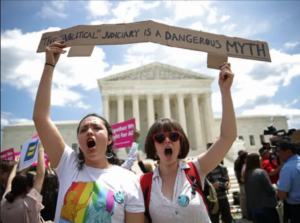 The thing we knew would happen any day now happened. Justice Ruth Bader Ginsburg is dead.
The thing we knew would happen any day now happened. Justice Ruth Bader Ginsburg is dead.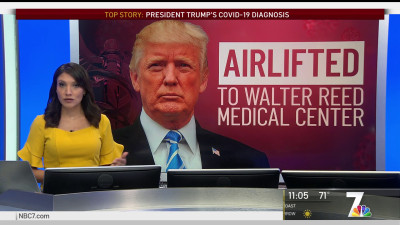
 This article was written for L’Anticapitaliste, the weekly newspaper of the New Anticapitalist Party (NPA) of France.
This article was written for L’Anticapitaliste, the weekly newspaper of the New Anticapitalist Party (NPA) of France. 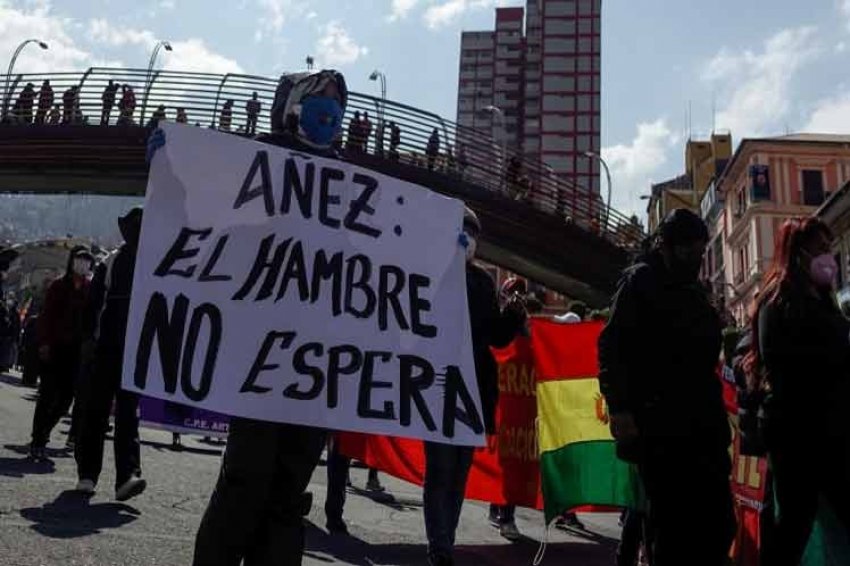



 [September 27, 2020 ] On the sixth anniversary of the forced disappearance of the 43 Ayoztinapa college students, a flurry of developments is spurring optimism among long traumatized relatives of the students and their dedicated core of supporters.
[September 27, 2020 ] On the sixth anniversary of the forced disappearance of the 43 Ayoztinapa college students, a flurry of developments is spurring optimism among long traumatized relatives of the students and their dedicated core of supporters.
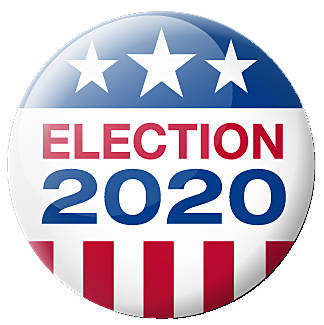
 Stephen R. Shalom criticizes the arguments against lesser-evil voting and makes the case for the Left both to support Biden and build the social movements.
Stephen R. Shalom criticizes the arguments against lesser-evil voting and makes the case for the Left both to support Biden and build the social movements. A local police union endorses Trump. Trump: “No one will be safe in Biden’s America.
A local police union endorses Trump. Trump: “No one will be safe in Biden’s America. National Guard troops returning from Flint, MI in 1937.
National Guard troops returning from Flint, MI in 1937. Campaigning in the 1932 German election.
Campaigning in the 1932 German election.

 When a new “Progressive International” invited Syria’s Yassin al-Haj Saleh to join, he was happy to accept. When he then submitted this letter for their publication, they ceased contacting him without explanation.
When a new “Progressive International” invited Syria’s Yassin al-Haj Saleh to join, he was happy to accept. When he then submitted this letter for their publication, they ceased contacting him without explanation.

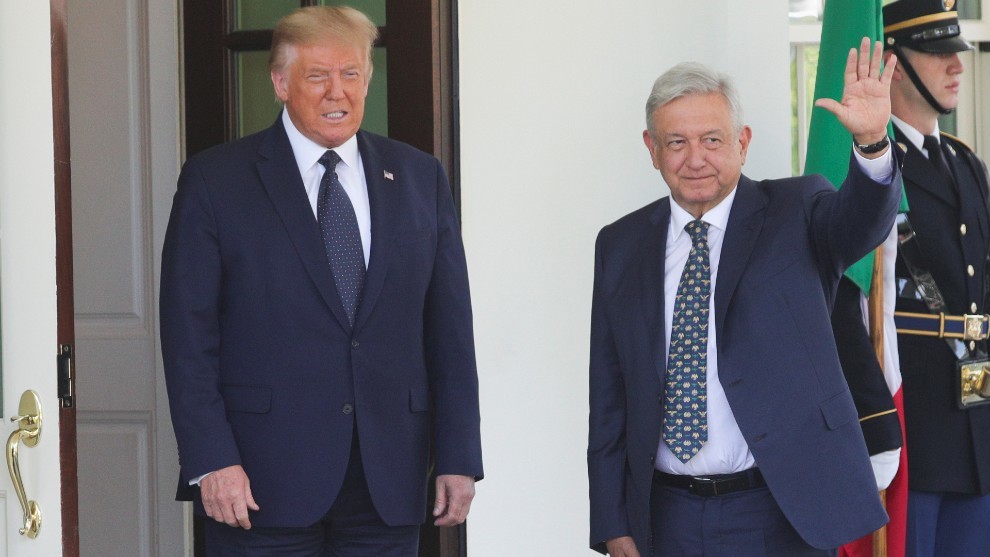
 Since he took office in December of 2018, some on the left have argued that Mexican President Andrés Manuel López Obrador is a leftist, even a socialist. Some like Kurt Hackbarth
Since he took office in December of 2018, some on the left have argued that Mexican President Andrés Manuel López Obrador is a leftist, even a socialist. Some like Kurt Hackbarth 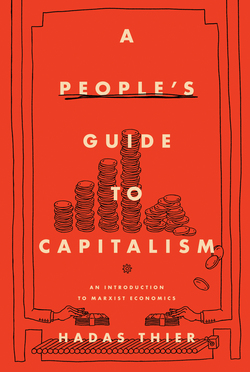
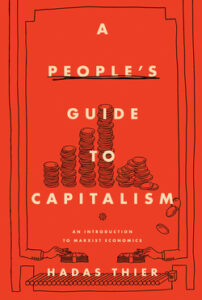 Review of Hadas Thier, A People’s Guide to Capitalism: An Introduction to Marxist Economics (Haymarket Books, 2020)
Review of Hadas Thier, A People’s Guide to Capitalism: An Introduction to Marxist Economics (Haymarket Books, 2020)



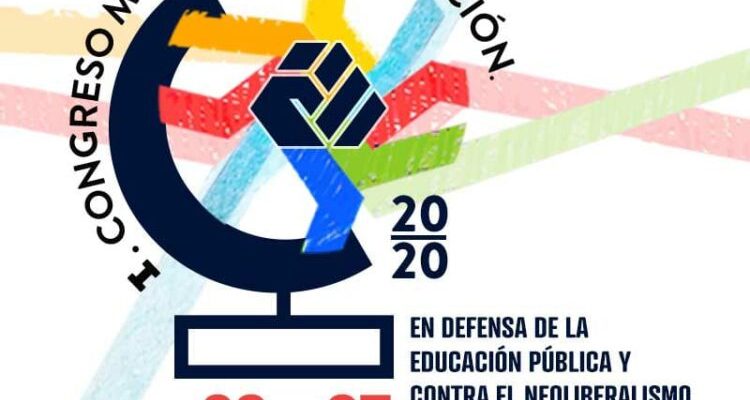

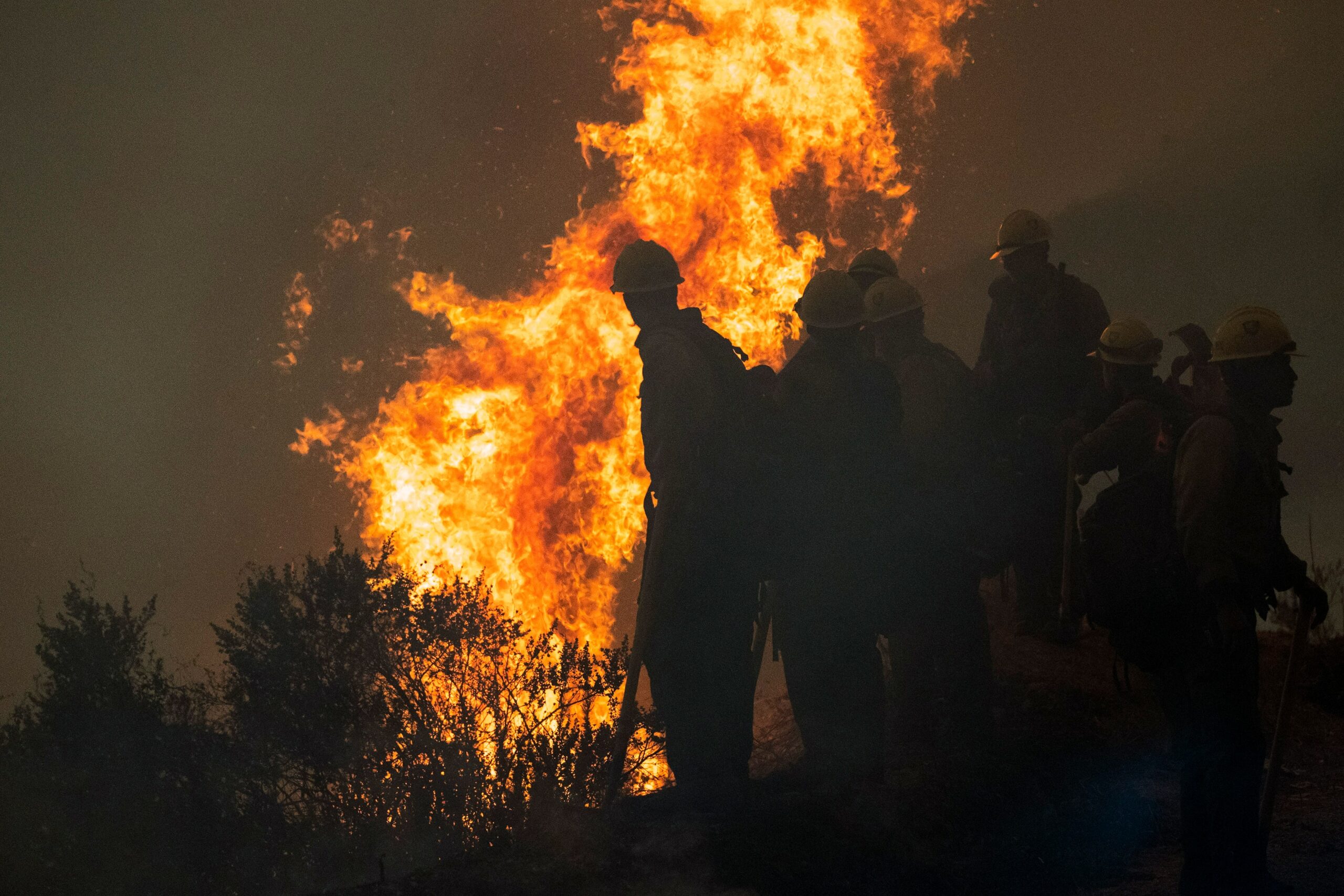
 This article was written for L’Anticapitaliste, the weekly newspaper of the New Anticapitalist Party (NPA) of France.
This article was written for L’Anticapitaliste, the weekly newspaper of the New Anticapitalist Party (NPA) of France. 